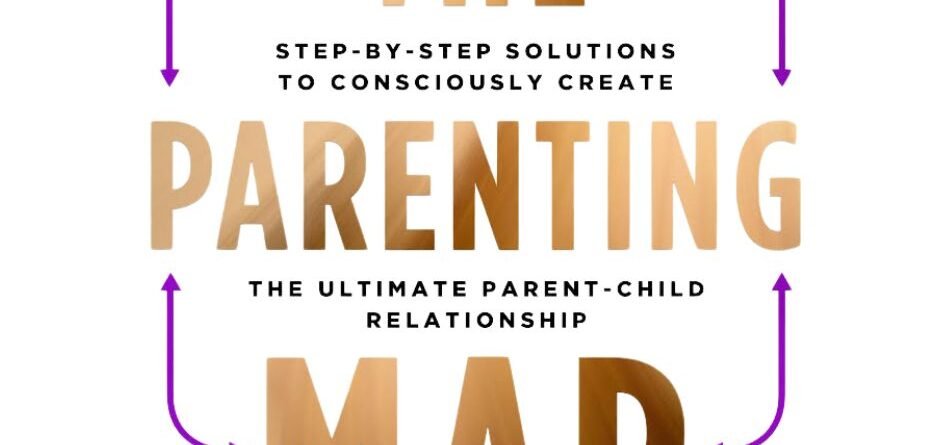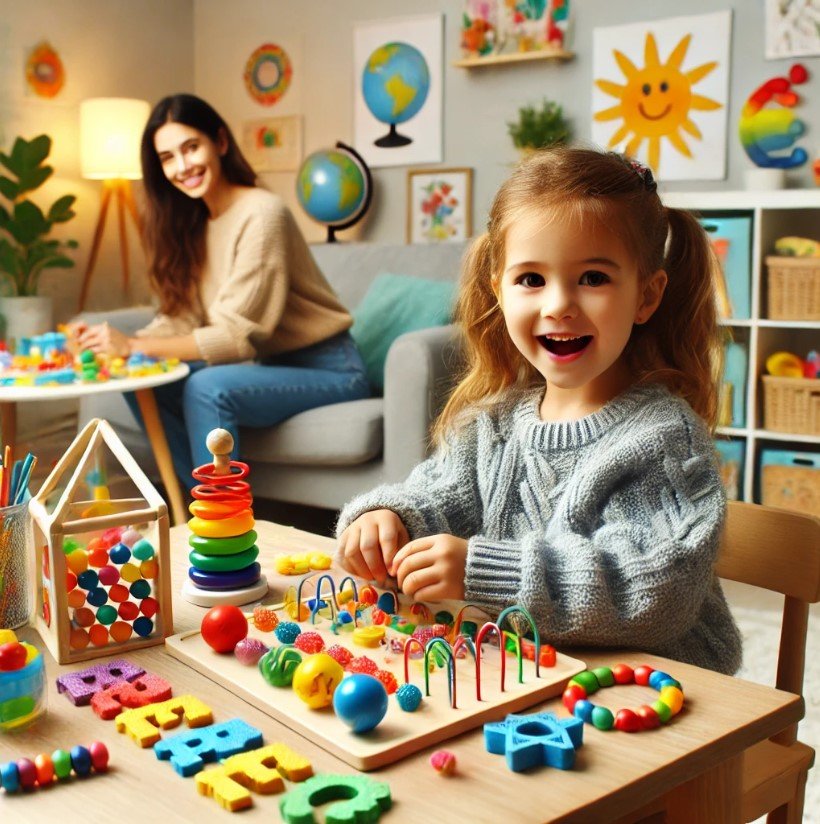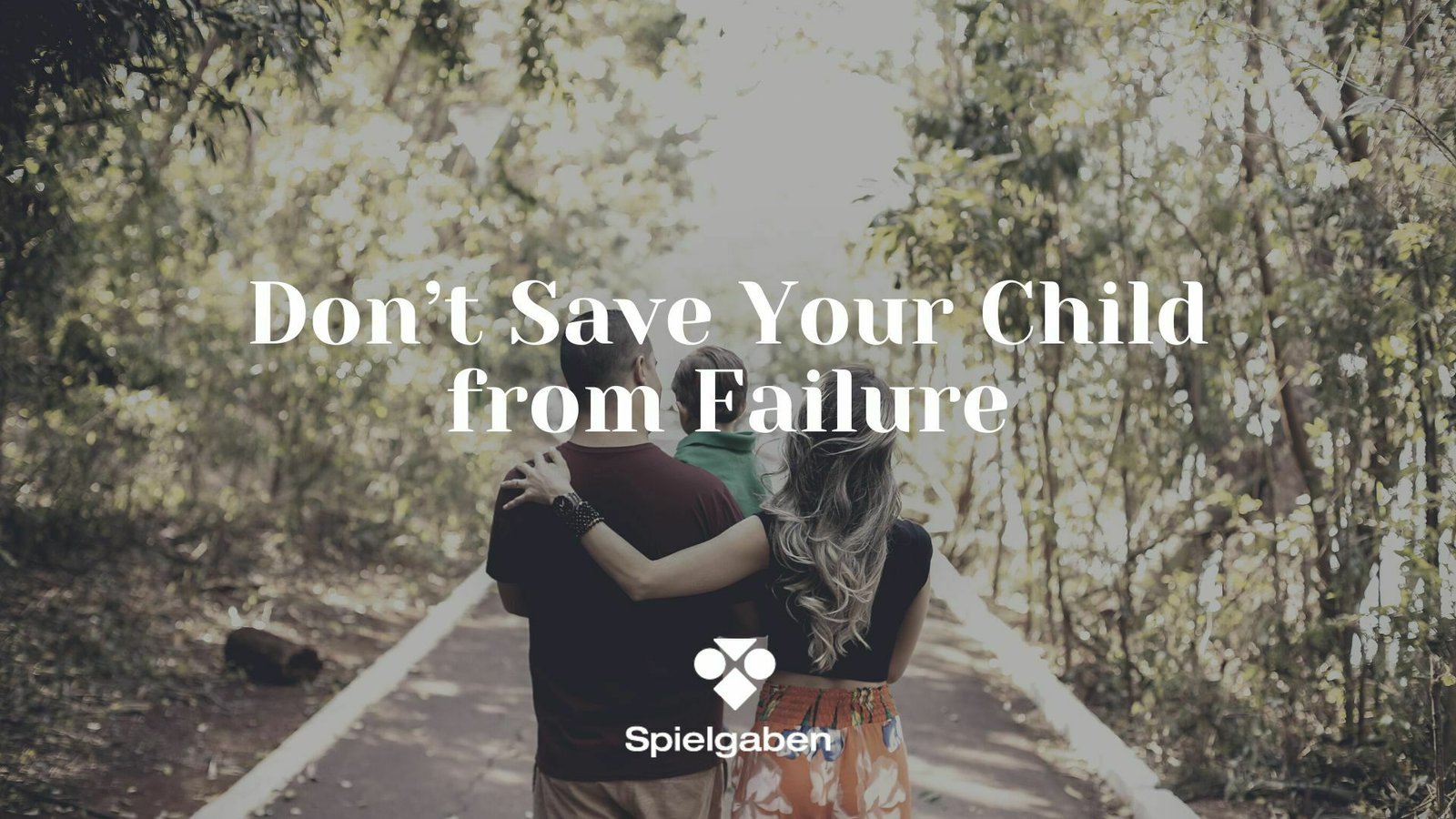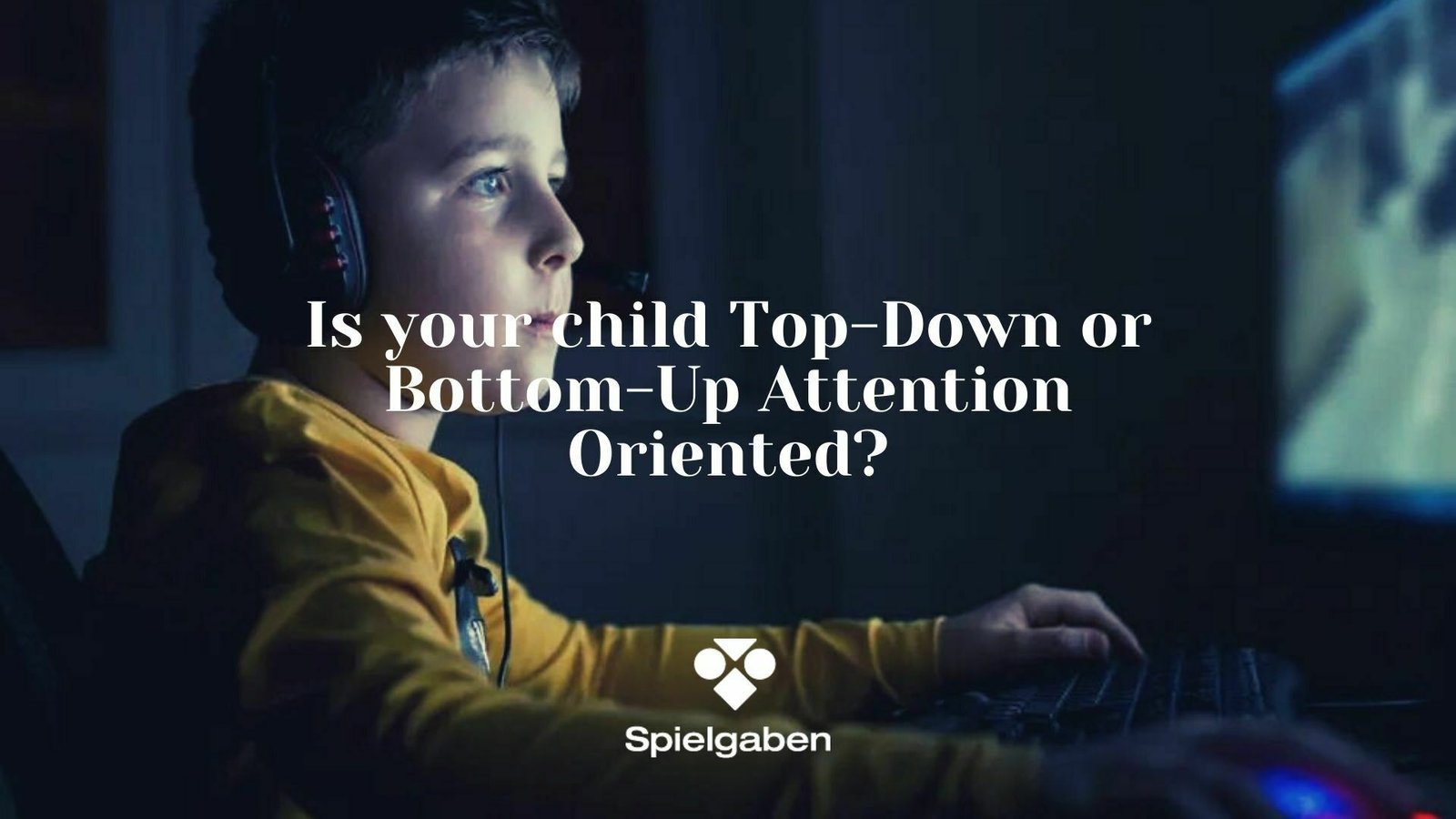The Parenting Map: Three Steps to More Mindful Parenting
Parenting doesn’t come with a manual, but the good news is, you can adopt a conscious parenting approach that nurtures a deeper connection with your child.
Dr. Shefali’s Parenting Map (If you have not read it, highly recommend reading it over this holiday season, we loved it) outlines three transformative steps to help parents create a more fulfilling relationship with their children while fostering a space for growth, authenticity, and mutual respect.
Here’s a concise, actionable guide for busy parents:
Step 1: Release Unproductive Parenting Patterns
Parenting is not about molding your child into your vision of the “perfect kid.” Instead, it’s about letting go of outdated, controlling patterns and embracing your child as they are.
- Avoid Micromanagement: Stop trying to create a “flawless” child who excels in every domain (e.g., academics, sports, or social life). This often leads to controlling behaviors rather than building connections.
- Replace Control with Compassion: The urge to control often stems from unmet personal expectations. Ask yourself: Why do I feel the need to push my child to meet these specific outcomes? Redirect that energy toward understanding your child’s unique needs.
- Ditch Labels: Resist labeling your child as “good,” “challenging,” or “lazy.” These labels often reflect how their behavior aligns with your ego, rather than who they truly are. Support your child in pursuing what feels right for them.
- Example in Practice: If your child wants to quit piano lessons, don’t impose discipline or pressure. Instead, explore their feelings: “I see you’re not enjoying this right now. Let’s reassess after a few more lessons and find a path that works for you.”
Step 2: Manage Your Ego and Address Your Triggers
Every child needs to be seen and accepted as their authentic self, but your ability to provide that depends on recognizing and healing your own inner wounds.
- Understand the Role of Ego: Parents often react emotionally to their child’s behavior because it triggers unresolved pain from their own childhood. For instance, if your child ignores you, it may activate feelings of neglect from your past.
- Identify Your Ego Pattern:
- The Fighter: Reacts with anger and domination.
- The Fixer: Panics and rushes to solve problems.
- The Feiner: Masks insecurities by projecting perfection.
- The Freezer: Avoids emotional engagement by shutting down.
- The Fighter: Reacts with anger and domination.
- Heal Your Inner Child: Recognize that your egoic reactions are often an attempt to protect your vulnerable inner child. Work to soothe and nurture this part of yourself, rather than letting it control your parenting.
- Reflect on Triggers: When your child’s actions upset you, ask: Why does this behavior bother me? What part of my past is being activated here?
Step 3: Accept Your Child and Foster True Connection
Once you’ve released control and managed your ego, you’re ready to fully embrace your child as their authentic self.
- Recognize Your Child’s Essence: Each child is unique, and understanding their personality type can help you tailor your approach:
- The Anxious Explorer: Needs calm and grounding.
- The Hyperactive Explorer: Requires acceptance of their unconventional energy.
- The Overdoer: Needs freedom from the pressure to please.
- The Dreamer Recluse: Benefits from support without being pushed into conformity.
- The Rebel Nonconformist: Thrives on respect for their independence.
- The Easy-Breezy Child: Deserves trust in their laid-back journey.
- The Anxious Explorer: Needs calm and grounding.
- Connect Through Play: Enter your child’s world without judgment. Play on their terms and validate their imagination, even if it feels silly or unstructured.
- Guide, Don’t Punish: Instead of traditional punishments, use these strategies:
- Negotiate: Work collaboratively on solutions that consider both your needs and theirs.
- Set Healthy Boundaries: Focus on communal well-being rather than controlling behaviors.
- Allow Natural Consequences: Let your child experience the real-world outcomes of their choices (e.g., failing to do homework results in teacher consequences, not revoked screen time).
- Negotiate: Work collaboratively on solutions that consider both your needs and theirs.
Final Thoughts
The journey of conscious parenting requires a shift from ego-driven reactions to love-driven connection. By:
- Letting go of control,
- Healing your own inner wounds, and
- Accepting your child for who they are,
you’ll create a relationship that is rooted in unconditional love and mutual respect.
Parenting isn’t about “fixing” your child—it’s about being present for them. This transformative process doesn’t just change your relationship with your child; it helps you grow as a person, too. Start today and rediscover the joy of raising your unique, wonderful child.













LEAVE A COMMENT